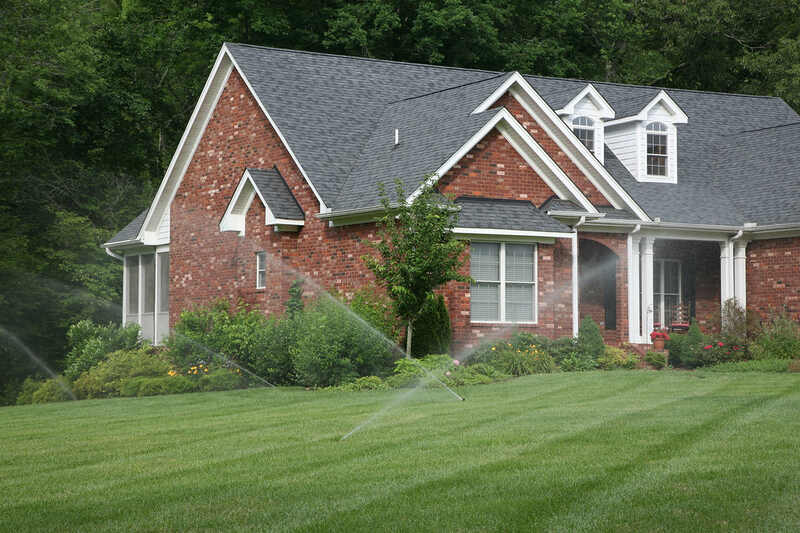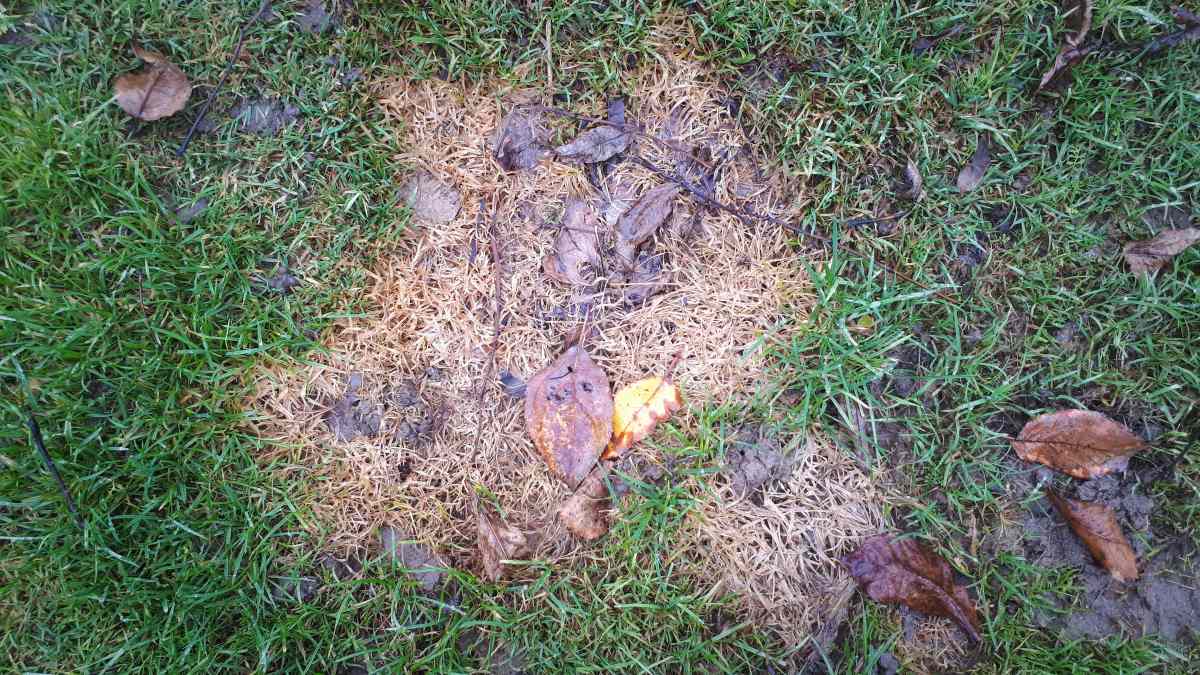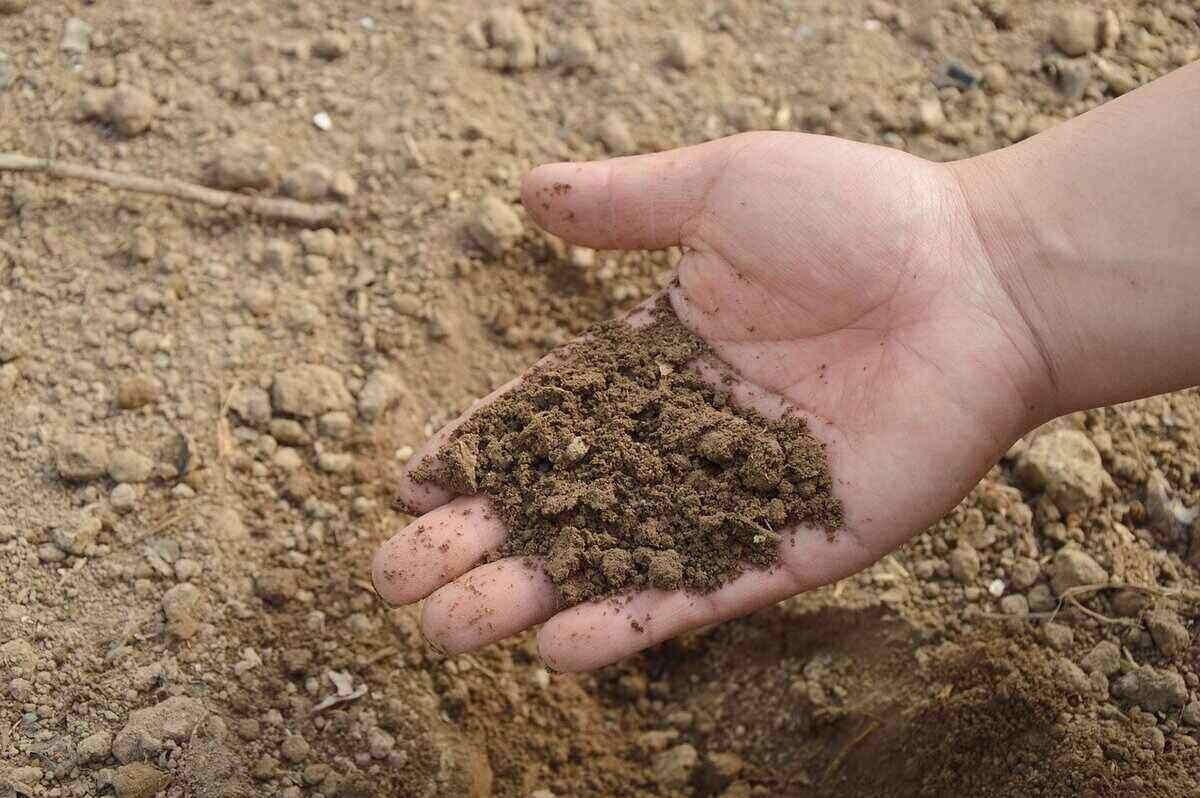
Spring is a time of rebirth all over the United States, including sunny South Florida, but getting your lawn ready for warm weather is a bit different for Miami homeowners. Embrace the heat with these nine spring lawn care tips for Miami that will have your lawn in stellar shape for spring.
1. Test Your Soil

You can easily adjust the pH of your soil, but you can’t change its composition. Understanding your soil type is essential because it affects drainage and water retention, which affects plant growth. If you live in South Florida, the limestone raises the pH levels, making it hard for many plants to grow here.
Understanding your soil composition and pH levels is essential for choosing the right fertilizer and ensuring optimal grass growth. You can purchase a soil testing kit or send a sample to a lab for analysis. Conducting a soil test can help identify your soil’s pH level and nutrient deficiencies.
2. Prep Your Tools

Maintaining a healthy, beautiful lawn requires proper tools in good working order. As a homeowner, it’s essential to ensure that your lawn care equipment is ready for use when needed. Here are some crucial lawn care tools:
- Lawn mower: A sharp blade is essential for a perfect cut. A dull blade can damage your grass and make it vulnerable to disease. You can sharpen your lawn mower blade at home or at your local hardware store.
- String trimmers are great for maintaining crisp edges in your lawn. Use them to trim grass around obstacles like flower beds and trees. Consult your owner’s manual for the correct string gauge for your trimmer, or check out our list of the best string trimmers if you need a new one.
- Power supplies: Different lawn care tools require different power supplies. Some tools use gasoline, while others use batteries or electricity. Having the correct oil, fuel, or battery packs before using your lawn care tools will save you time later.
- Safety First: Lawn care can be hazardous, and taking the necessary precautions to stay safe is essential. According to LawnStarter’s research, during the last decade, U.S. emergency departments reported an estimated 3,195,333 injuries related to lawn equipment.
When caring for your landscape, follow these pro tips to stay safe.
3. Remove Excess Thatch

Thatch, a layer of dead and living grass, leaves, and stems, develops when organic material decomposes more slowly than it develops. Too much thatch can prevent nutrients, oxygen, and water from reaching your plants’ roots. It can also lead to stunted growth and encourages pests, like grubs, and lawn diseases that can kill your grass.
Removing excess thatch promotes better plant growth and ensures your turfgrass thrives. For light build-up, use a dethatching rake. Hiring a Miami lawn care pro with heavy equipment is an option if you have a thick thatch layer. In the United States, lawn dethatching costs an average of $160 – $225.
4. Aerate Compacted Areas

Over time, the soil beneath your grass will compact, particularly in high-traffic areas. Aerating your lawn can help oxygen, water, and nutrients reach the roots of your grass.
If it has been a while since you last aerated your lawn, spring is the right time to do it. If you know how to aerate a lawn, you can rent an aerator from your local garden center and DIY this in a day. Alternatively, landscapers usually charge about $145 for aerating service, saving you time.
- Call 811 at least a week before you plan to aerate, and they will mark underground utility lines for free. Flag sprinkler heads to avoid hitting them.
- Soften the soil by watering 1 inch deep the day before or do your aerating the day after a thunderstorm to make the task easier.
- Aerate your lawn in the same pattern that you mow. Poke holes and remove dirt plugs with an aerator tool. Aerating your entire yard rather than just isolated spots is recommended.
- After aerating, leave soil plugs on your grass. After a few days, shred them with the back of a rake and distribute them. As they decompose, they provide nutrient replenishment to the soil and decompose thatch.
- Use soil amendments like manure and compost to increase the condition of the soil. Feed your new grass with fertilizer if you haven’t previously.
- You can overseed your yard after coring and apply fertilizer and compost to make it greener and denser. The compost will aid the growth of the newly planted grass seedlings.
Pro tip: If you don’t want to overseed your grass, apply a pre-emergent herbicide to prevent weed growth in the holes.
5. Prevent Weed Growth
A pre-emergent herbicide applied in early spring can prevent weeds like crabgrass and chickweed from taking over your lawn. Pre-emergent weed control is much easier than pulling them up or treating them later.
The best time to apply pre-emergents in south Florida is around February 1st or when the air temperature consistently reaches 65 to 70 degrees for three or four days.
You’ll need a spreader (for granular herbicide) or sprayer (for liquid herbicide). Follow the directions on the product label. If applied incorrectly, you can kill your grass along with the weeds.
How to Apply a Granular Pre-Emergent Herbicide
- You’ll need a spreader to distribute the grains.
- Carefully read through the instructions.
- Adjust your spreader according to the instructions on the package.
- Using your spreader, apply the granular pre-emergent as evenly as possible.
How to Apply a Liquid Pre-Emergent Herbicide
- Pre-emergent solutions are found in many sizes.
- Follow the label to combine the ingredients in a sprayer. To ensure effective treatment, pay close attention to the directions.
- Apply an even application of the pre-emergent to the weeds.
Pro tip: Keep weeds at bay year-round with a second pre-emergent herbicide application in early fall or winter. Here are the best pre-emergent herbicides we’ve found.
6. Overseed Bare Spots

Overseeding is a simple process that involves planting new grass seed over an existing lawn. Filling in bare spots will promote denser growth, which can help to prevent weeds from taking root. By overseeding, you can have a lush, green lawn throughout the spring and summer months.
If you want to overseed your current grass, you’ll need to prepare the soil, sow the seed, and care for the new seedlings. How to Overseed a Lawn in 8 Steps explains how to DIY this.
Overseeding differs from reseeding, which involves removing the grass and planting a new lawn. For more information on reseeding, see our article How to Plant Grass Seed in Six Steps.
Pro tip: Overseeding warm-season grasses is best done in late spring or early summer when the lawn starts to green-up and grow. Check out our article on the 4 Best Grass Types for a Lush Miami Lawn to learn more about each of these warm-season grasses.
7. Topdress Your Lawn
Topdressing can help increase water retention, especially during dry seasons. Your lawn will stay hydrated, healthy, and green by holding more water. Topdressing also:
- Improves soil quality
- Reduces thatch build-up
- Enhances soil drainage
- Provides nutrients to the grass
- Protects against pests and diseases
To topdress your lawn, it is recommended to use a mixture that contains one-third sand, one-third compost, and one-third soil. Spreading the mixture evenly across your lawn is crucial, ensuring it does not exceed a depth of 1/4 inch.
Topdressing is excellent for filling in those low spots that may have developed in your lawn. If the hurricanes have left more craters in your yard than the moon, then now would be your chance to level your yard.
8. Setup Your Irrigation

Springtime is ideal for inspecting your irrigation system. Check for leaks, clogs, or broken sprinkler heads. You can also consider using a rain sensor to prevent your sprinklers from running during a storm or on a rainy day. This will help conserve water and save you money on your water bill.
The best time to water your grass is early morning with 1 inch of water for every 12 inches of soil depth. In Miami, we need to adjust our irrigation systems based on seasonal changes. During cooler months, the grass doesn’t need as much watering.
Water lawns on an “as-needed” basis by observing the grass for signs of stress. Here are a few things to watch out for during times of drought:
- Thinning grass or brown spots
- Wilting blades or grass that appears darker
- Footprints that stay in the grass and don’t go away
Consider installing a sprinkler system if you don’t already have one to keep up with how much and when to water your lawn. It’s one of the low-maintenance landscaping ideas for Miami that may help you save time and money.
9. Prep Your Property for Hurricane Season
Many native Floridians will tell you there’s no party like a hurricane party, but tropical storms can still do major damage to your Miami landscape, leaving you with a mess to clean up after a hurricane.
Hurricane season in Miami runs from June 1st to November 30th, and it’s essential to take the necessary precautions to ensure your property and your family are ready for potential storms. By taking these simple steps, you’ll know that you are prepared for a tropical storm or hurricane.
So while you’re prepping your lawn for spring, don’t forget to give your landscape a little extra attention to help it weather the storms.
- Trim Trees and Shrubs: High winds can cause branches and limbs to break off and cause damage to your property. Prune trees and shrubs to remove any dead or weak branches that can break off.
- Secure Outdoor Furniture: During a hurricane, outdoor furniture can become a dangerous projectile. Secure pieces of outdoor furniture or bring them indoors to prevent them from causing any damage.
- Clear Gutters and Downspouts: Ensure that your gutters and downspouts are clear of debris to prevent water from backing up and causing damage to your roof and walls.
- Reinforce Windows and Doors: Hurricanes can produce high winds that can break windows and doors. Consider installing impact-resistant windows and doors or covering them with hurricane shutters.
- Check Your Insurance Policy: Review your insurance policy to make sure you have adequate coverage in case of damage from a hurricane.
For more tips on protecting your property check out 11 Hurricane-Resistant Landscaping Ideas. You can help ensure that your property is ready for any potential storms during hurricane season. Stay safe!
FAQ: Spring Lawn Maintenance in Miami
In south Florida and Miami, all seasons are growing seasons, so you can fertilize warm-season grasses throughout the year.
Apply up to 1 inch of water every week in a single, deep watering session. Do not water multiple times per week or during the rainy season. If you winterized your irrigation system, now is the time to turn it on and run through each zone to ensure it is working properly.
Common lawn pests include chinch bugs, armyworms, and grubs. It’s essential to be aware of these potential threats to your lawn and take preventative measures to keep your lawn healthy. Consider incorporating an Integrated Pest Management (IPM) approach for effective pest control year-round.
When to Call a Pro
If you don’t have the time to prepare and plant your ideal lawn or if you’d like someone else to do the job, consider hiring a Miami lawn care specialist. They’ll take care of the hard work while you relax on the beach.
Main Image Credit: Phillip Pessar / Flickr / CC BY 2.0




